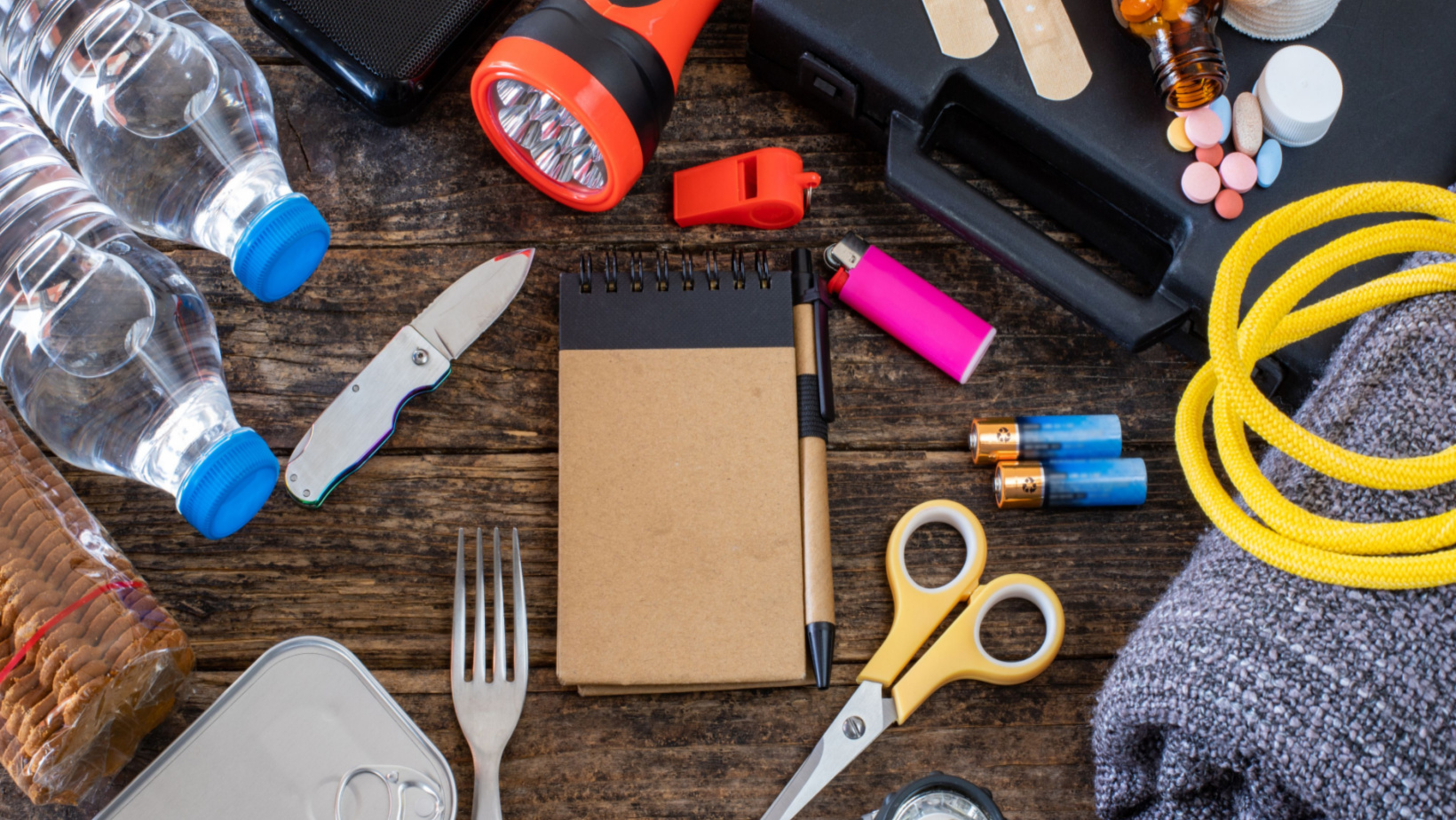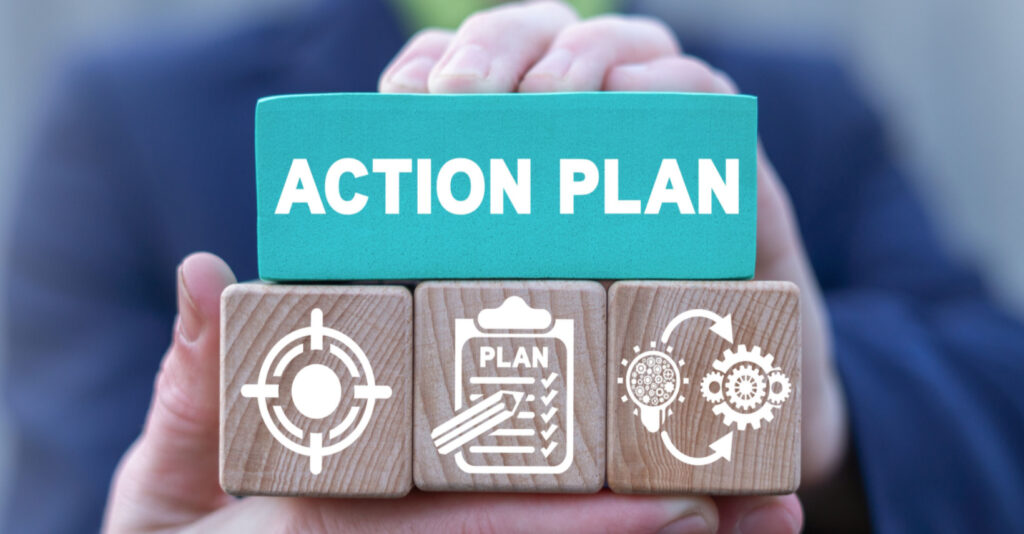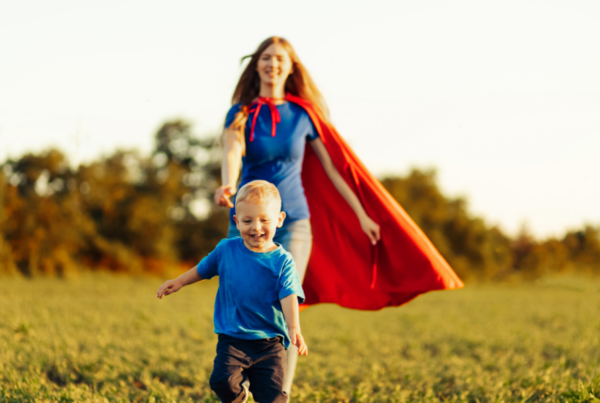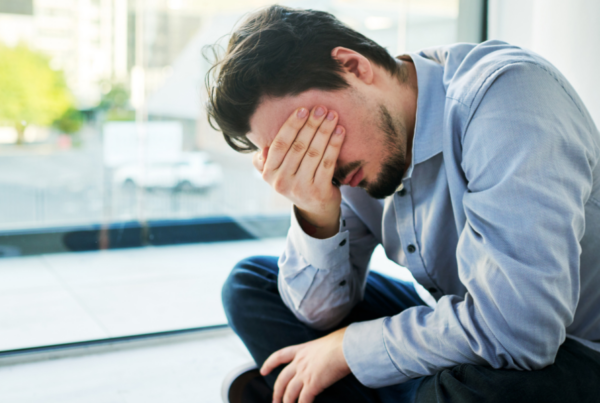Being prepared for any emergency is one of the safest and most beneficial things you can do for your family. However, many emergency preparedness kits or plans require that you have a lot of supplies on hand. That can get extremely expensive, especially if you don’t have money for extras like this.
In this article, we will be discussing the items you will need to have on hand in a crisis and how you can still have an appropriate emergency preparedness plan, even on a budget. If you approach these tasks one at a time, they can certainly be reasonable in almost any financial situation.
Being Prepared for Any Kind of Emergency
The key to a good emergency preparedness plan is to be ready for an emergency of any kind. While you should always consider any crisis you might encounter, it is obviously important to consider the most relevant disaster to your area.
For example, if you live in Florida, the emergency you’ll want to be most prepared for could be a hurricane. On the other hand, if you live in the Midwest, you may want to be prepared for tornadoes. And in the North, you need to ready yourself for blizzards and extreme cold. So wherever you live, consider weather conditions and emergencies most common in your area. Then, plan your emergency kit and supplies around what seems most relevant.
Obtaining Basic Supplies & Keeping Them Safe
Once you have your basic supplies gathered, it is of the utmost importance that you actually keep your plan and items in a safe and secure place. If you have your items in an area that is not secured, could quickly get wet, or might become compromised by the potential disaster, you risk losing all of your protection against emergencies.
After all, for your supplies to be effective in the event of an emergency, you actually need to be able to use them, so figure out a space in your home or elsewhere that will remain secure. It should be dry, cool, and away from pests, mold, and extreme temperature changes.
Water
The most important thing to have in an emergency situation is fresh, drinkable water.
An average person needs about two quarts (one-half gallon) of water each day to stay healthy. And if it’s hot where you live, you may even need more. You will also need water for preparing food, washing dishes, brushing your teeth, etc. And don’t forget that pets will need water too.
The CDC suggests storing at least one gallon of water per person, per day. If you create a seven-day kit for a family of three, that’s 21 gallons of water. Gallons of water are currently around $1 each at the supermarket. Consider picking up one or two each week when you do your regular grocery shopping. This ensures you’re prepared for any situation without making a huge dent in your budget.
Non-Perishable Foods
The second most important part of your emergency supply kit is going to be non-perishable foods and drinks. Non-perishables are items that won’t go bad or spoil for several years, so you always have long-term food available in case of an emergency.
Some examples of non-perishable food items to include in your kit include canned meats like tuna or salmon, peanut butter or jelly, soups (both canned and dry), tea, coffee, hot and cold cereals, canned pasta, canned vegetables, and rice. There are many budget-friendly food options. A good rule of thumb is to have enough food for seven days of meals for each family member.
Again, consider picking up just one of two of these items each week to store in your kit. If you plan slowly, it won’t affect your budget too noticeably, and you’ll still be ready for anything that comes along.
Portable Chargers
Especially in the age of smartphones, smartwatches, and wireless headphones, make sure you have multiple portable chargers and portable batteries that can charge your devices. During an emergency, the last thing you want is to have no way to contact emergency services or someone who can bring you to safety.
For this reason, (aside from keeping your devices regularly charged), you will also want to have pre-charged portable chargers and batteries in case your devices die. You can get cheap portable chargers, batteries, and phone cords at stores like Dollar Tree and Five Below. Be sure these items don’t “migrate” out of your kit into the household supply. Instead, treat them as if they are not even there.
Batteries
Similar to the last item, batteries are critical for keeping flashlights, radios, and other devices working. While you should really get high-quality batteries, that doesn’t mean you need to spend a lot of money. You can frequently find coupons or sales on batteries that allow you to BOGO (buy one get one) for free or half-off. That way, you can get batteries with a long shelf life without sacrificing quality.
First Aid Supplies
During emergencies and times of panic, crazy stuff can happen. For example, structures can get damaged in hurricanes, tornadoes, or earthquakes, and people can get injured. For this reason, you should always have first aid supplies or a first aid kit available as part of your emergency plan.
For those on a budget, start building your own first aid kit using old bandages, gauze, and ointments you already have lying around. You should also include things like tweezers or scissors. Basic first aid kits can also be anywhere from $10 to $30 if you would rather buy one. You can also pick up items one at a time at your local dollar store.
All-Weather Clothing
Many emergency situations are due to extreme weather such as rain, hail, wind, and even heat. No matter what the situation, you need to be prepared to dress for various types of weather.
Make sure you have at least these items packed away for every family member:
- Winter coats
- Warm sweaters and sweatshirts
- Boots, sneakers, and flip-flops
- T-shirts and shorts
- Long pants
- Long underwear or leggings
- Mittens, gloves, hats, and scarves
If you regularly take these items to goodwill, consider going through your donation bag and seeing if you could save some of them instead. In many cases, that ugly sweater you hate would actually come in handy during an extreme cold emergency. If you don’t have these items already in your home, buy them secondhand or at garage sales where you find them for cheap.
Garbage Bags
Garbage bags are a versatile item that can serve many purposes in the event of an emergency. For example, garbage bags can serve as rain ponchos, protective blankets, tarps, or just to hold your items and protect them from the elements or animals.
Garbage bags don’t need to be expensive to work, so you should stock up on these at your local dollar store. Other cheap plastic items you can pick up for emergencies include tarps, dust masks, wipes, and gloves.
Flashlights
During emergencies, you always want a bright, sturdy, and reliable flashlight. Whether your flashlight is hand-cranked, battery-powered, or solar-powered, you need one you can actively rely on. At big-box retailers or online sites like Amazon, you can find flashlights for as little as $5. You always want to have a way to see through the darkness during an emergency, especially if your phone dies.
Radio
Having a radio that you don’t need to plug in is vital during an emergency. That’s because storms and natural disasters often cause your power to go down. Radios allow you to hear local news stations and potentially have some entertainment during a power outage. If you want to buy a new radio, you can buy one from a big-box retailer for less than $50. But we recommend you go thrifting or visit yard sales to look for a vintage battery-powered radio. Again, however, just make sure you have batteries for it in your kit!
A Bag to Take With You
During an emergency situation, make sure that you always have a bag packed and ready to go in case you need to leave your home and evacuate. Preparedness experts call this a bugout bag, and many people keep them next to the door or their vehicles’ trunks.
If the bag itself can’t be completely packed, make sure you have something you can pack up in just a few minutes. For example, in floods or tornados, you might need to evacuate entire areas and get out of your house quickly. So try to have a simple duffle bag or suitcase filled with things you’ll need for a few days away.
Approach Everything Over Time
You don’t need to buy all of these things all at once. Instead, you can easily space out the purchases of these items, so you don’t break your budget. If you don’t have a lot of money to spare, start buying things from dollar stores or discount stores. You don’t need to go all out. The important thing is awareness and having some supplies on hand.
This is an excellent project for the whole family. Older kids will likely have some great ideas, and even the youngest children can participate. Learning some do-it-yourself skills can be empowering. With so many crazy things happening in the world, a preparedness project can be therapeutic. Being prepared for any situation can help you and your loved ones feel safer and more in control in your day-to-day life.












